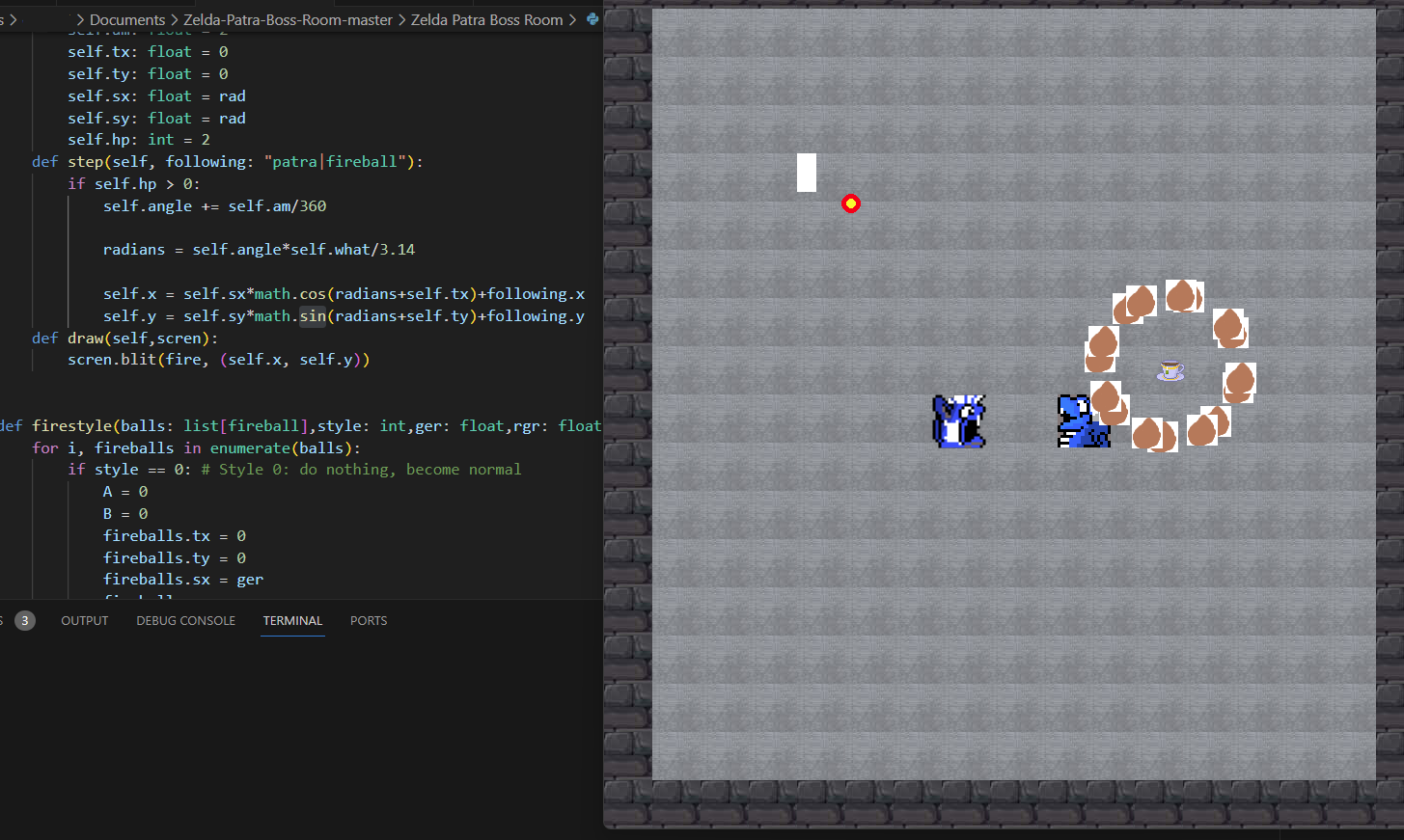November 2023 Teacher Voice:Math and CTE: A Perfect Pairing
In their book Teaching for Thinking, Grace Kelemanik and Amy Lucenta advocate that teachers should provide opportunities for students to grapple with cognitively demanding and non-routine “meaty” problems. Teachers have access to many excellent resources to help find these kinds of problems in the NCTM bookstore as well as their NCTM resources. Another natural source for these sorts of math tasks is the real world itself. Unfortunately, unless a teacher has had significant career experiences outside of a mathematics classroom, the task of finding professional-grade problems and packaging them into lesson plans might seem daunting. However, if you’re lucky enough to share a building with a Career and Technical Education (CTE) teacher, help might be right around the corner. I was unaware of the depth and rigor of the mathematics found in many CTE classes until I began teaching at a CTE magnet school two decades ago. Suddenly, I was immersed in a world where criminal justice students used trigonometry to calculate the angle of impact of a blood spatter pattern, future audio engineers applied Ohm’s Law to reduce sound distortion, and tomorrow’s architects calculated the load capacities of headers and beams. Career classes regularly embed these problems within the context of larger collaborative projects, where students collect their own data, analyze results, and communicate outcomes. CTE problems are messy. They lack neatly collected data and may not have clear answers. Kids will often literally get their hands dirty.
You don’t have to become a CTE teacher to benefit from the natural mathematics that organically arises in many career classes. My recommendation is to simply reach out to CTE programs in your district, or if you’re lucky enough to have programs in your building, to walk down the hallway and strike up a conversation with your fellow instructors and see how they use math concepts in their class. Want to learn more about CTE? Check out the ACTE webpage, or contact your district's CTE director!
|

 Jen Moriarty
Jen Moriarty 
 I decided to move from a traditional mathematics classroom into CTE teaching over a decade ago partly because of this naturally embedded rigor and relevance. I now teach Video Game Programming, a class that is a hybrid of math, computer science, and design. Mathematics is found in every project that kids complete. The graphics of two dimensional video games are plotted on Cartesian grids, so every player, enemy, coin, and projectile has an x and y coordinate that needs to be appropriately manipulated. To determine if two objects have collided, students have to use a series of interconnected inequalities or the distance formula. They set up probabilities that determine spawn rates of monsters and how often loot drops. They love picking apart
I decided to move from a traditional mathematics classroom into CTE teaching over a decade ago partly because of this naturally embedded rigor and relevance. I now teach Video Game Programming, a class that is a hybrid of math, computer science, and design. Mathematics is found in every project that kids complete. The graphics of two dimensional video games are plotted on Cartesian grids, so every player, enemy, coin, and projectile has an x and y coordinate that needs to be appropriately manipulated. To determine if two objects have collided, students have to use a series of interconnected inequalities or the distance formula. They set up probabilities that determine spawn rates of monsters and how often loot drops. They love picking apart